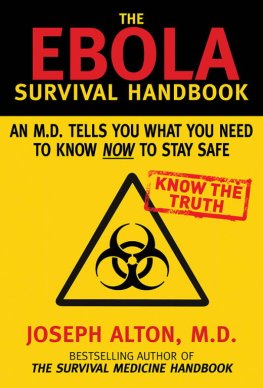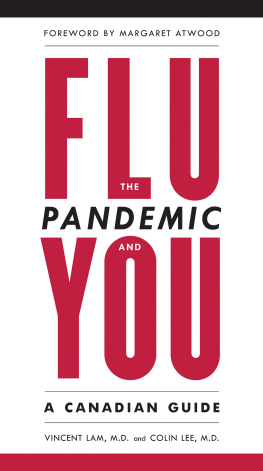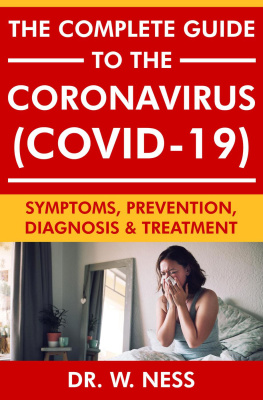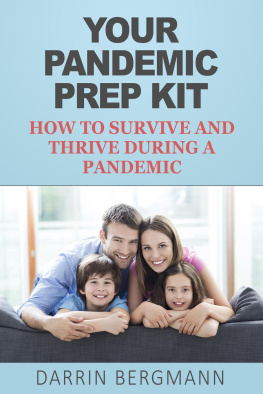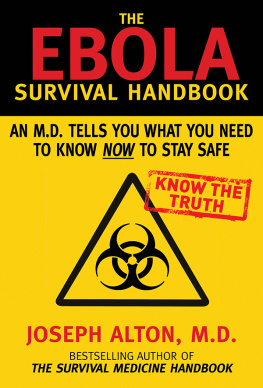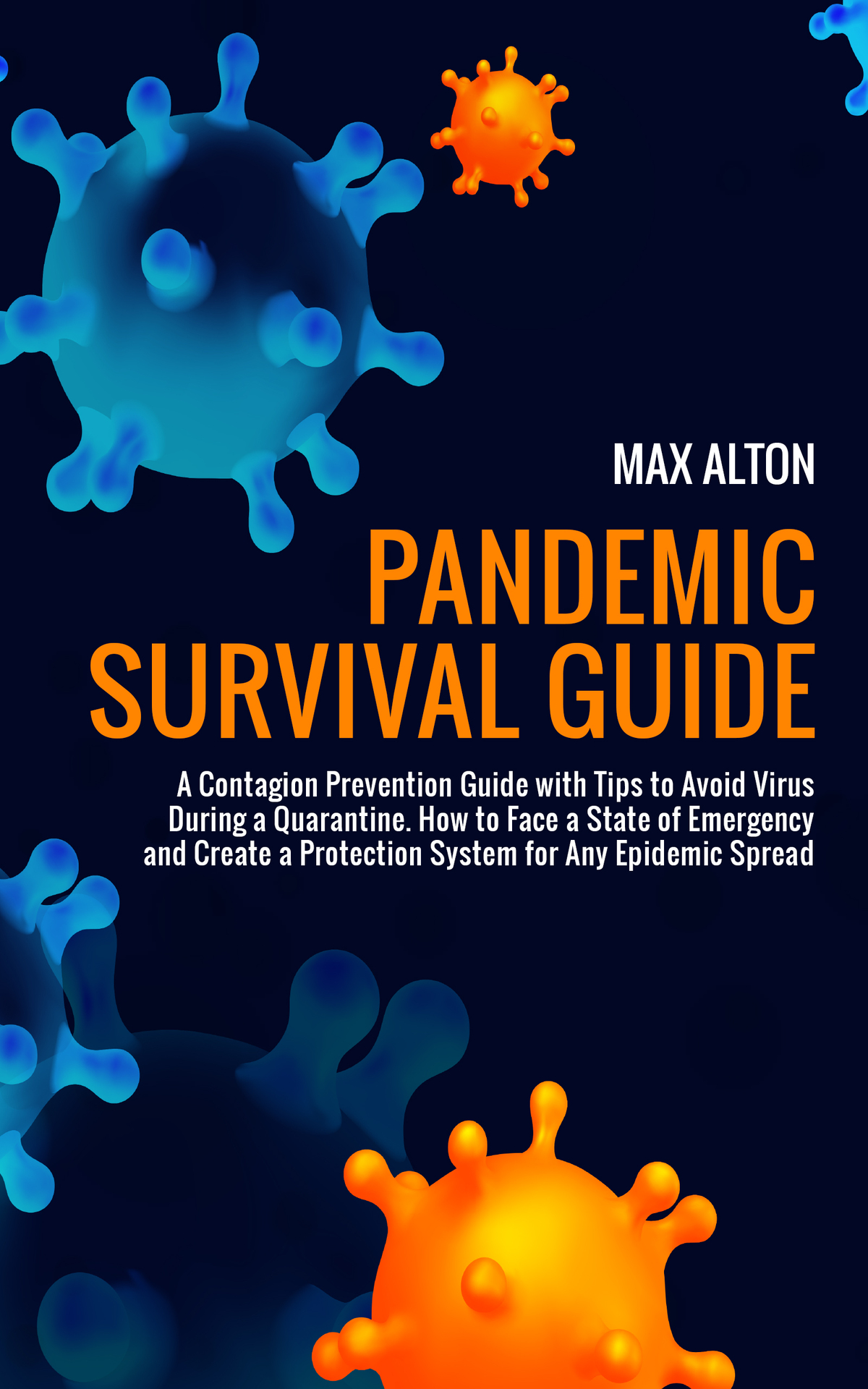Table of Contents
Introduction
What people are currently scared of is the Wuhan coronavirus? Coronaviruses are a large group of viruses, which include a core of genetic material that has protein spikes around the envelope. These spikes give the virus a crown-like look which is why it's called the corona, which means crown in Latin. There are subgroupings for these viruses. They are alpha, beta, gamma, and delta. Some can cause gastrointestinal symptoms while others cause respiratory. The symptoms for the respiratory disease can be mild I most people, appearing like the common cold or to pneumonia.
According to the CDC (Centers for Disease Control and Prevention), seven types of coronaviruses can affect people, and this has been identified since the mid-1960s. These are as follows.
NL65: Alpha Coronavirus
229E: Alpha Coronavirus
OC43: Beta Coronavirus
HKU1: Beta Coronavirus
These are the ones that just circulate from person to person. However, some animals can pass sickness onto people, and these are as followed.
SARS-CoV (Severe Acute Respiratory Syndrome Beta Coronavirus) This was identified in 2002. It also originated in China.
MERS-CoV (Middle East Respiratory Syndrome Beta Coronavirus). This was identified in Saudi Arabia in 2012.
nCoV (The Wuhan Coronavirus.
Several types are circulating in different animals including camels, pigs, cats, and bats. These are zoonotic coronaviruses, which means they can jump from an animal to a person, which is called a spillover event. This can happen due to an increase in contact between people and animals or it can be caused by a virus evolving. Viruses can mutate and combine with other viruses that allow for what was once an animal virus to infect humans.
This is also called the Novel coronavirus, which was discovered late in 2019. This is new because it was not previously detected in humans, and the first outbreak was in December of 2019 located in Wuhan, China. There were 41 people with pneumonia that were also identified as having this virus, and two-thirds were associated with the Huanan Seafood Market. This market is important because it's the largest wholesale market of seafood and live animal in the Jiangshan Discrtic, Wuhan, Hubei province, China.
Chapter 1. What Is Coronavirus?
World Health Organization (WHO) has defined Coronavirus as a family of viruses that brings about ailments that ranges from common cold to very severe diseases like Severe Acute Respiratory Syndrome (SARS) and Middle East Respiratory Syndrome (MERS).
Coronavirus was first described in detail in the 1960s and is named after a distinctive corona or "crown" of sugary proteins placed on the envelope surrounding the particle. The viral mapping encoding is the most extended sequence of an RNA-based virusa single nucleic acid strand that is between 26,000 to 32,000 basis long.
Coronaviruses are a wide range of viruses known to infect humans and animals and cause respiratory diseases in humans, which vary from common colds to more severe infections. Severe Acute Respiratory Syndrome (Sars) was the most famous case of a coronavirus disease and was identified in Southern China in 2002 and infected 26 countries and resulting in over 8,000 cases. The number of persons diagnosed with coronavirus has now reached that impacted by Sars.
Although the cause of the epidemic was initially unclear, Chinese health authorities determined it is linked to an outbreak of coronavirus not previously seen in humans on January 7. Five days later, the Chinese government shared the virus ' genetic sequence to allow other nations to develop their diagnostic kits.
Coronaviruses are a class of viruses known to contain mutations that can cause life-threatening diseases in mammals and birds. In humans, the fluid created by infected individuals usually spreads by airborne droplets.
Coronaviruses (COV) are a big family of viruses that cause diseases ranging from the common cold to more severe diseases like CRTD (MERS-CoV) and SARS-CoV. A new coronavirus (nCoV) is a new strain not found in humans previously.
Other uncommon but notable strains, such as Wuhan coronaviral (2019-nCoV) and severe acute respiratory syndrome (SARS) and the Middle East respiratory syndrome (MERS), can cause human death.
Four families are recognized, called Alphacoronavirus, Betacoronavirus, GammaCoronavirus, and Deltacoronavirus. The first two strike only birds, pigs, cats, and humans. Gammacoronavirus primarily infects poultry and can infect birds and mammals by delta coronavirus.
A few fatal cases have had a devastating impact on animal and human welfare worldwide.
Wuhan coronavirus in the Chinese city of Wuhan was first described in 2019. By the time of writing, the number of infected individuals is still on the rise, with several deaths reported.
Snakes are accused of being a potential source of the disease, although this is thought doubtful by other experts.
SARS was first recognized as a distinct coronavirus strain in 2003 as a Severe ARS (SARS-CoV) syndrome. The virus origins were never established, although the first human infections were reported in 2002 in the Chinese province of Guangdong.
The outbreak became a pandemic that caused more than 8,000 influenza-like illness outbreaks in 26 countries, killing nearly 800 people.
MERS was first stated in 2012 in Saudi Arabia with signs of fever, cough, shortness of breath, and sometimes gastrointestinal problems such as diarrhea. An animal vector for the virus has never been officially confirmed, but evidence shows the possibility of infection in dromedary camels.
Since its original outbreaks, the World Health Organization has reported about 2,500 cases of diseases in 27 countries, resulting in almost 860 deaths.
Scientists believe that this new virus was first able to jump to humans in early December 2019. It initially appeared as though the virus first infected people on the Wuhan seafood market and spread there. Nonetheless, an initial study of the disease released on 24 January 2020 showed that the first patient to get sick had no business touch. Experts still try to keep track of the outbreak.
The type of animal from which the virus arrived is unknown. A team of Chinese scientists published a report which claims that snakes originated from the virus ' genetic code. But scientists are very doubtful about that. Another analysis revealed that the new virus's genetic sequence is 96 percent similar to one coronavirus found in bats. SARS and MERS both came from bats.
Is it the same as SARS?
The new virus isn't SARS, but it started in China as well. Since it comes from the same viral family as SARS, it is identical, but it is an entirely new virus. The commonalities indicate, though, that experts and policymakers of public health will use the lessons learned from the previous epidemic to try to stop it.
We need information both about how dangerous illness is and how quickly it can spread to decide how "bad" it can be. Epidemiologists often use this tool to evaluate, for example, new flus and to guide decisions: Image: Disease Control Centers When the illness is not very serious, but only a small percentage of the population is transmissible, it can still have devastating effects the small percentage it kills will continue to have high numbers of fatalities if something affects millions.
Scientists also try to understand the effects of coronavirus, from mild to severe, like those in the cold. According to the WHO, about 20 percent of confirmed cases are sharp. That's around 20 percent of the cases we know about there are still many mild cases of illness not flagged, which would decrease the percentage of severe cases.


